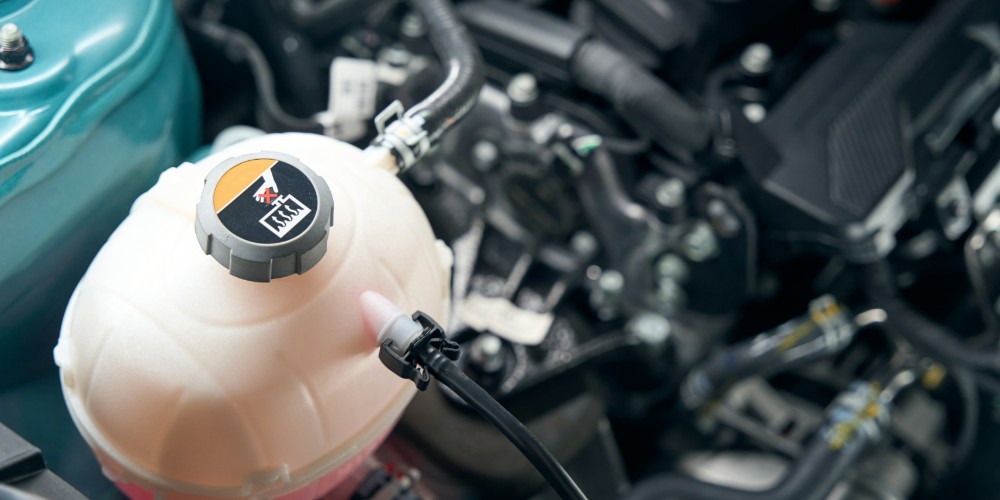Debt relief, in the context of personal finance, refers to measures taken to reduce or alleviate the debt burden of individuals or organisations. This relief can come in various forms, including reduced payments, interest rate reductions, or even debt forgiveness in some cases. The primary objective is to provide the debtor with a more manageable route to clear their debts and regain financial stability.
Debt relief methods in the UK
In the UK, there are several methods and approaches to debt relief:
- Debt Management Plans (DMPs): A DMP is an informal arrangement between a debtor and their creditors. With the help of a debt management company, one negotiates reduced monthly payments. The company often takes a fee for this service, but in turn, it liaises with the creditors, making the payment process smoother for the debtor.
- Individual Voluntary Arrangements (IVAs): An IVA is a formal agreement where the debtor agrees to pay a fixed amount to their debts over a set period, often five years. At the end of this period, any remaining debt is typically written off. It’s a legally binding process, supervised by an insolvency practitioner.
💡 More information: How much does an IVA leave you to live on?
- Debt Relief Orders (DROs): Suitable for those with relatively low debt and few assets, a DRO is a form of bankruptcy. If one’s application for a DRO is approved, they’re usually free from their debts after a year. During this period, the debtor doesn’t make any payments towards most types of debt included in the DRO, and creditors can’t force them to pay off the debts.
- Bankruptcy: This is a last resort option for those unable to meet their debt obligations. It can free the debtor from their debts after a year, but it comes with significant financial and personal implications. The debtor’s assets might be used to pay off what they owe, and their credit rating will be significantly affected for six years.
- Informal arrangements: Sometimes, speaking directly with creditors and explaining one’s financial situation can lead to an informal arrangement where payments are reduced or delayed.
It’s important to understand that not all debt solutions are suitable for everyone. The right approach largely depends on the individual’s circumstances, such as the amount and type of debt, income, assets, and future financial prospects. It’s also essential to seek advice from professional bodies or organisations specialising in debt advice, ensuring that any chosen debt solution is the most appropriate and beneficial for one’s specific situation.
💡 Further reading: How bad credit can affect car finance applications.





